Gravity Waves … not gravitational waves … move atmospheres and make pretty clouds.
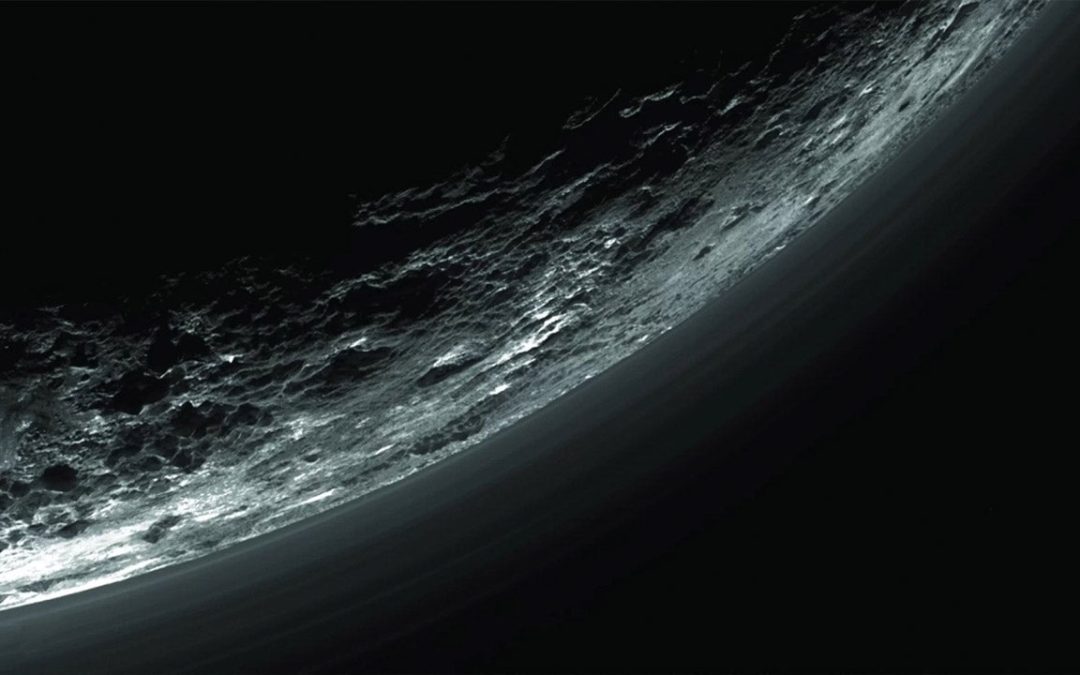

Gravity Waves … not gravitational waves … move atmospheres and make pretty clouds.
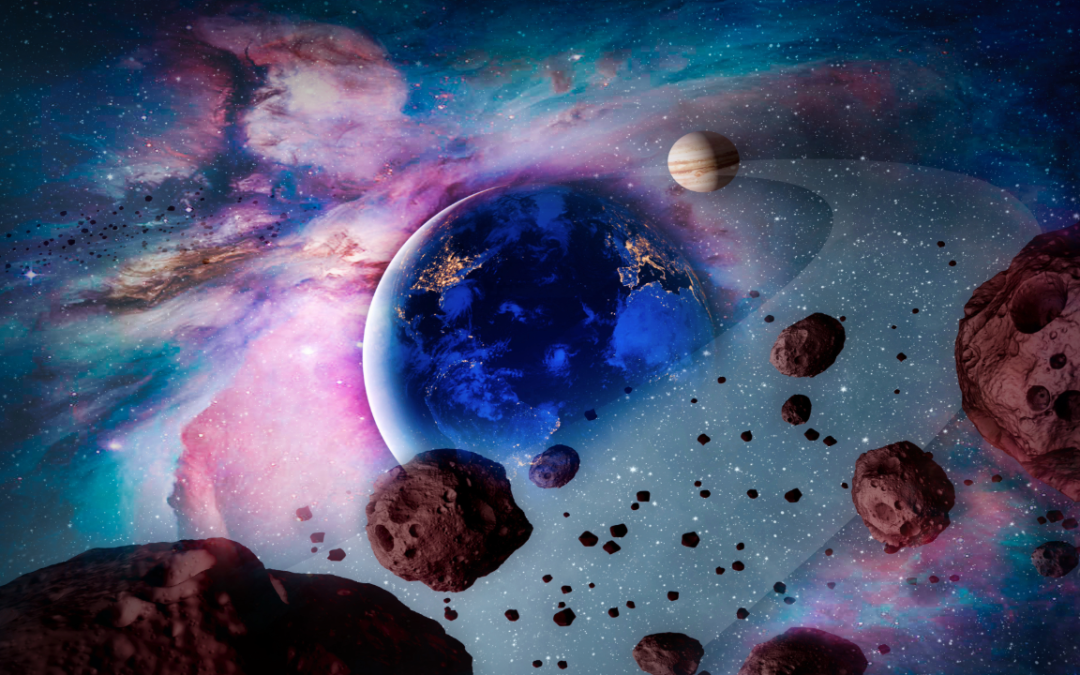
2024 was a strange year! But, for space and astronomy we had some interesting, revolutionary, unsettling and downright weird stories pop up. Today let’s talk about them.
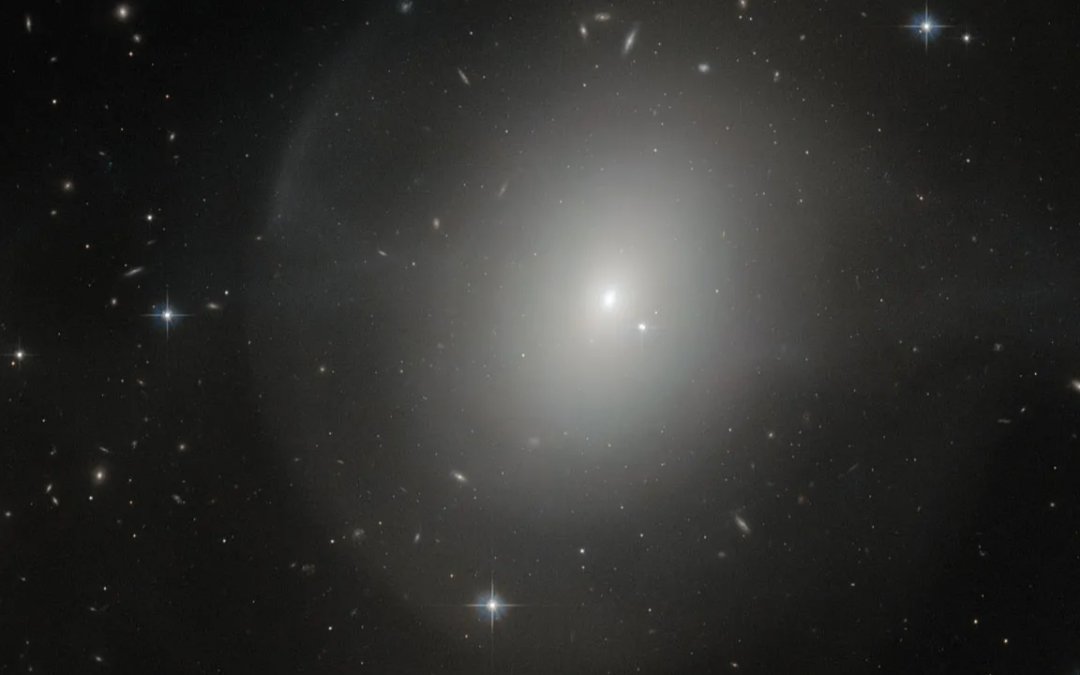
Our galaxy series continues with elliptical galaxies. Unlike other types, these are large, smooth with very few distinguishing features. They’re filled with red and dead stars, a clue to their evolution. Listen Show Notes This episode discusses Elliptical Galaxies,...
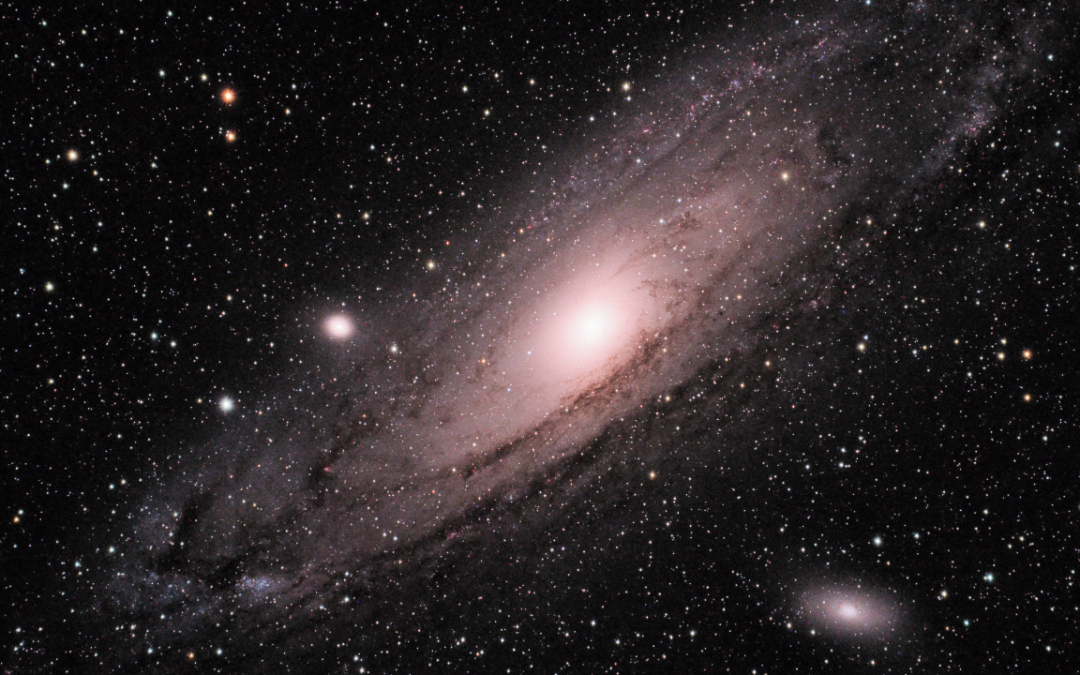
Our galaxy series continues, on to spiral galaxies. In fact, you’re living in one right now, but telescopes show us the various shapes and sizes these galaxies come in. Thanks to JWST, we’re learning how these spirals got big, early on in the Universe....
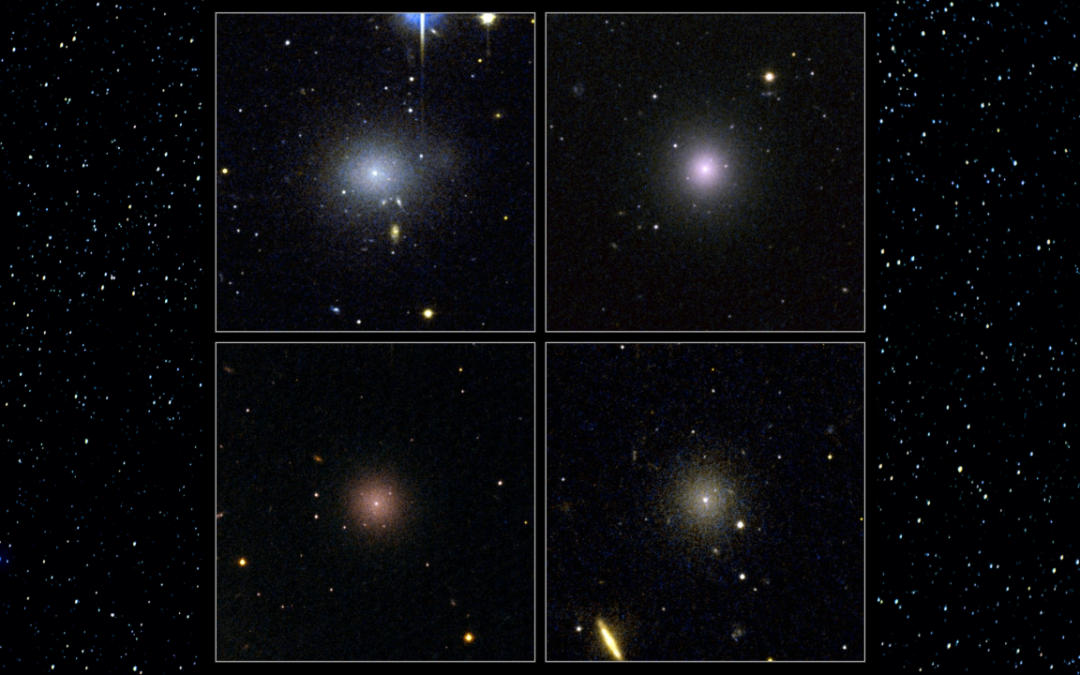
It’s time to begin a new mini-series, where we’ll look at different classes of galaxies. Today, we’ll start with the dwarf galaxies, which flock around larger galaxies like the Milky Way. Are they the building blocks for modern structures?
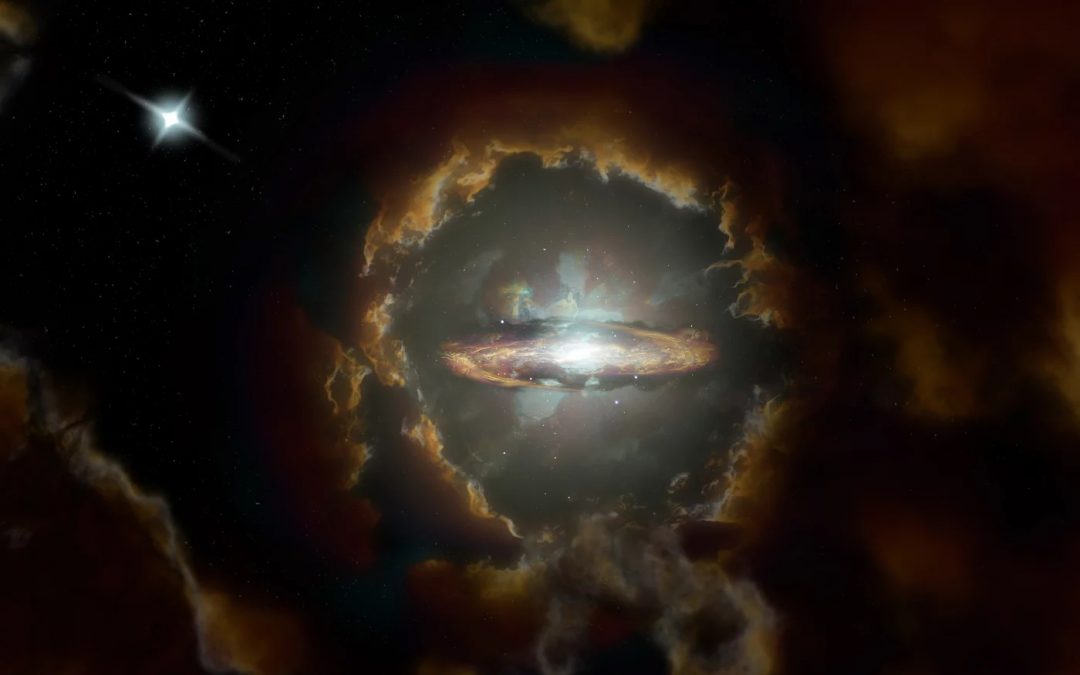
One of JWST’s top jobs is to peer deeper into the Universe than ever before, watching as the first galaxies came together. Surprisingly, astronomers found galaxies that seemed much more mature than expected, much earlier than it was believed possible. What’s going on and what does it mean for cosmology?
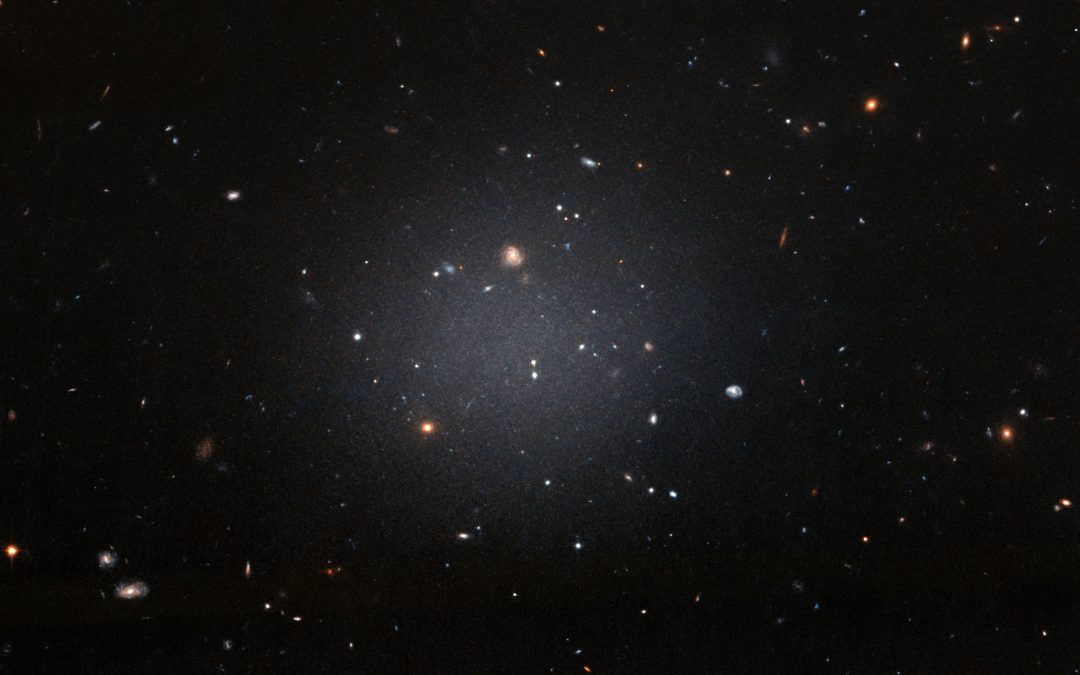
Astronomers first noticed the strange behaviors of rotating galaxies almost 100 years ago, suggesting there’s an invisible dark matter hold them together with gravity. Or maybe we just don’t understand how gravity works at the largest scales. Observations are much better now, and astronomers have found examples of galaxies that almost entirely made of dark matter. Does this tell us anything?
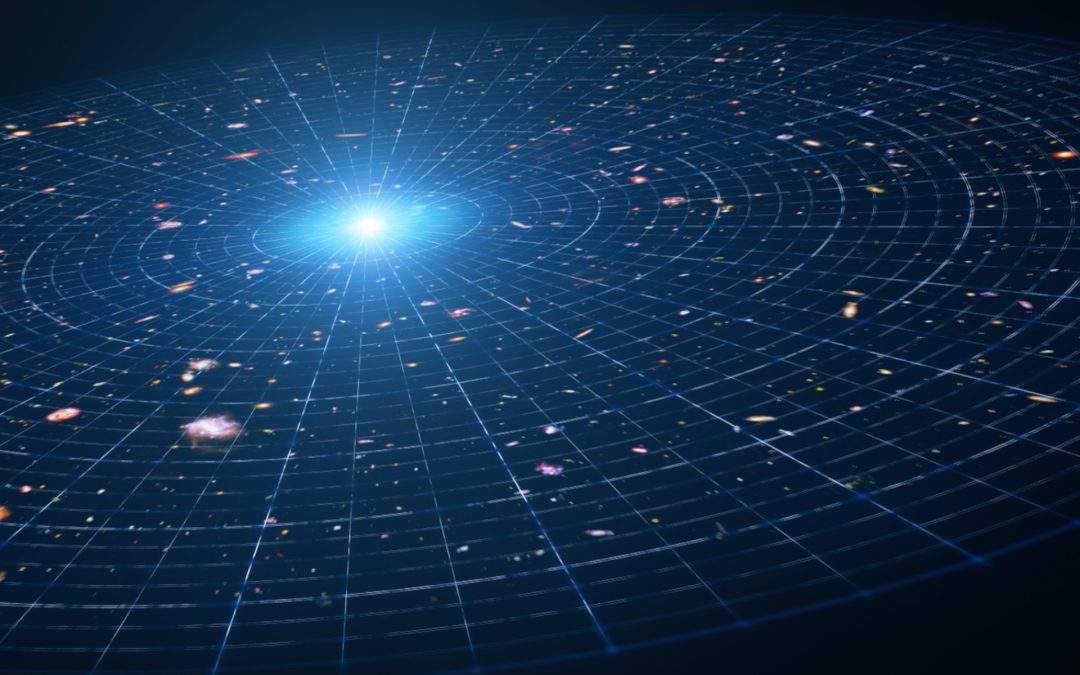
Astronomers have made extremely accurate measurements of the expansion rate of the Universe and come up with different results. And the error bars for the observations don’t overlap, so there’s something strange going on. What’s the answer and how can the Crisis in Cosmology be resolved?
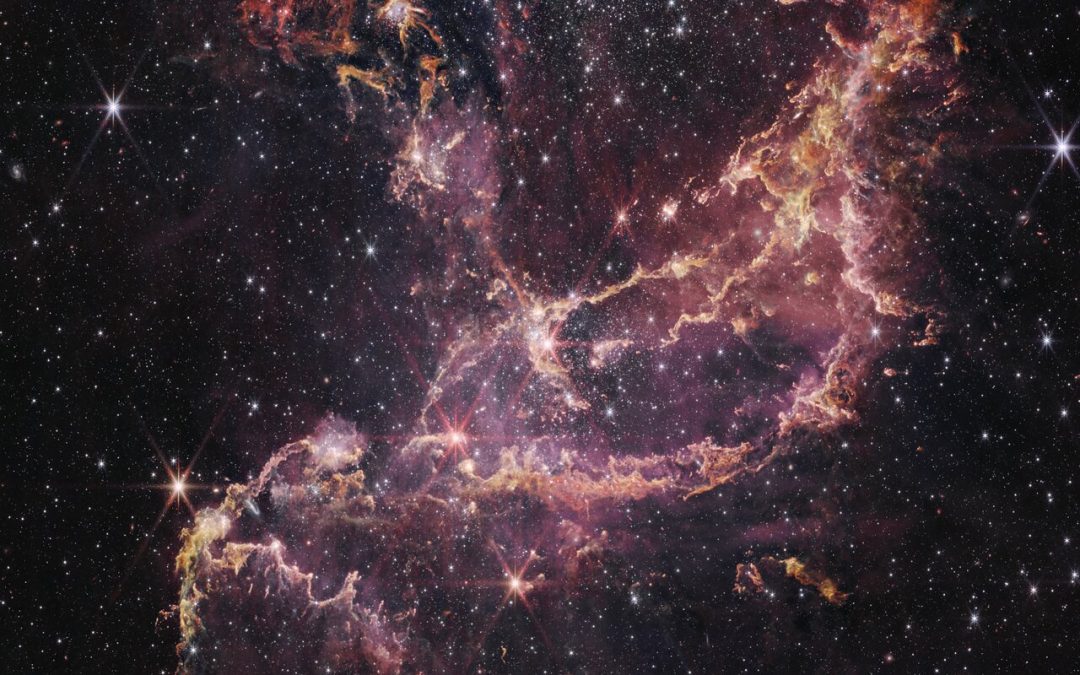
Astronomers came together in January to present their newest research, and not surprisingly, the Winter AAS meeting was heavy on news from JWST. What were some of the new results that were announced?
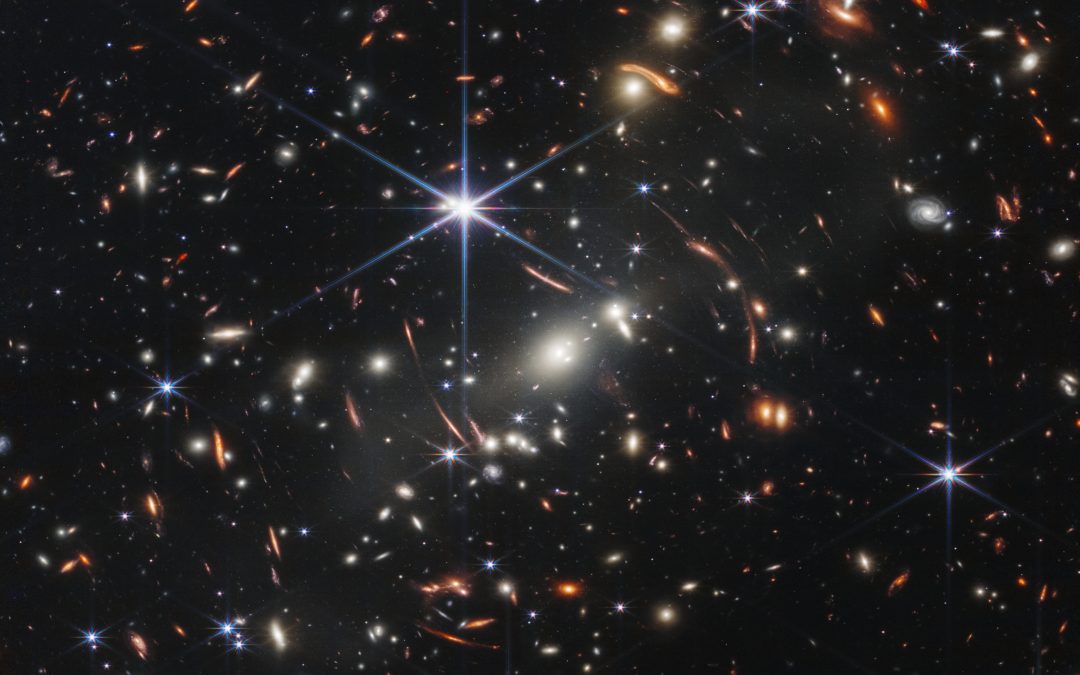
Well, this is it, we’re finally going to talk about the James Webb Space Telescope. After decades of development, delays and budget creep, the powerful infrared observatory is at its final home at the L2 Lagrange Point. Yesterday we saw the first scientific images from the telescope, and according to Pamela’s rules, we’re finally allowed to talk about it.
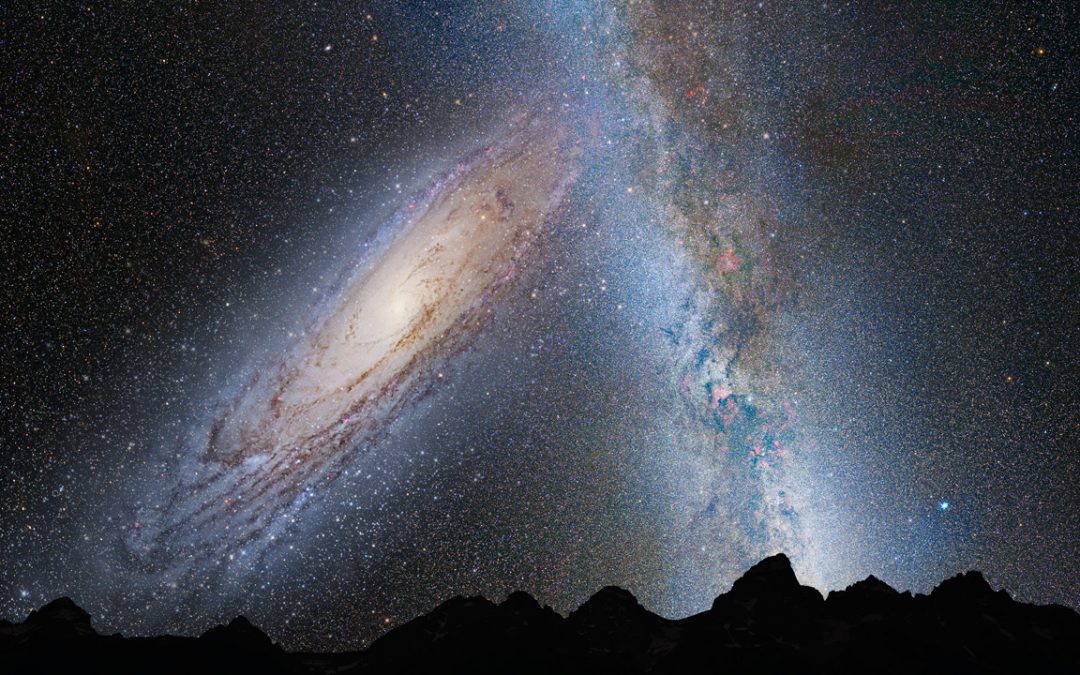
The Milky Way is a vast grand spiral today, but how did it get this way? Astronomers are starting to unravel the history of our galaxy, revealing the ancient collisions with dwarf galaxies, and how they came together to build the Milky Way.
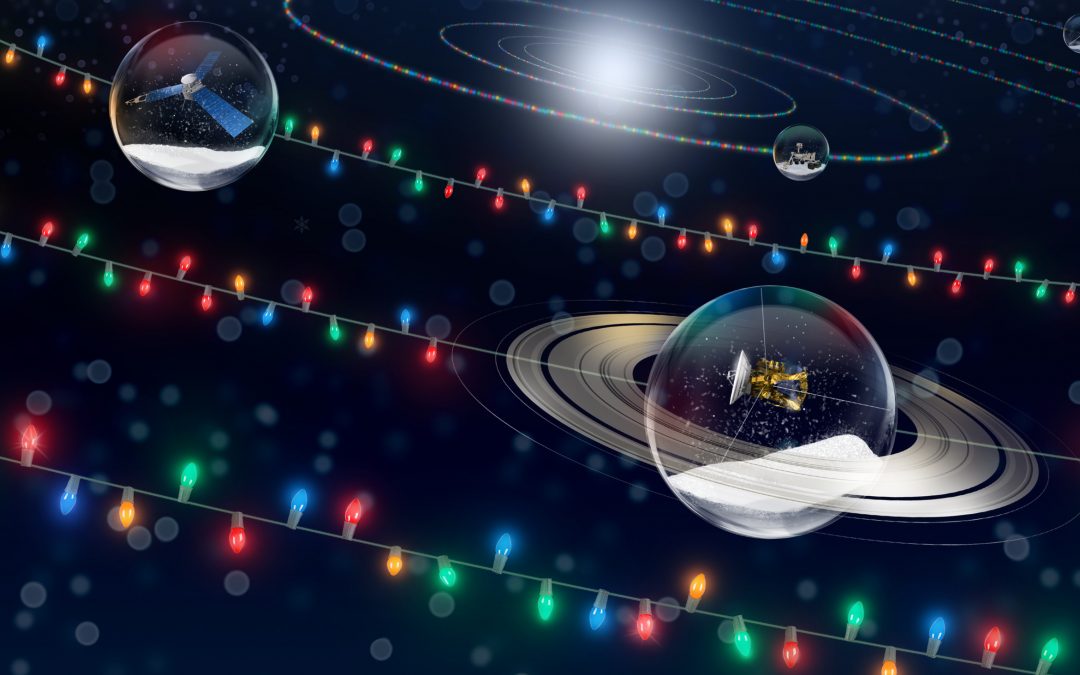
We’ve reached the end of 2021, and this is the last episode of the year. Let’s look back at the big space events of the last year and talk about what we’re looking forward to in 2022.
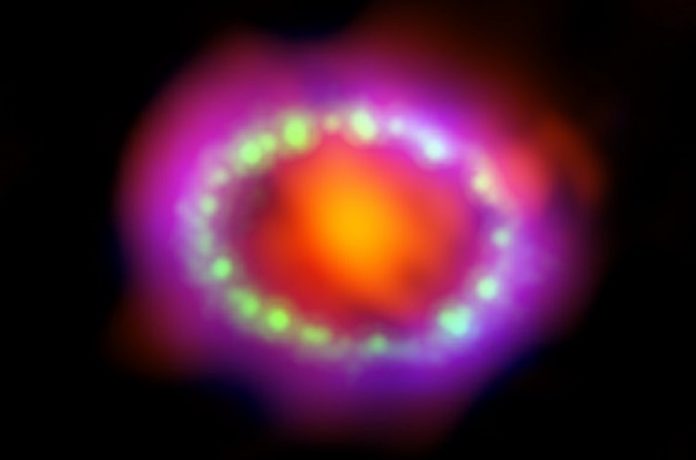
This is our second episode in a two part series where we look at Transients in astronomy. In last week’s episode, we talked about things that change here in our own Solar System. Now we’ll talk about everything else in the Milky Way and beyond.
The Milky Way has gobbled up dozens of dwarf galaxies and added them to its structure. Today we’re going to look at the ongoing hunt for the wreckage of past mergers. And what we’ve discovered about dwarf galaxies in general.
Welcome to our last episode before our summer hiatus! Don’t worry, we’ll be back in September, and will be gearing up for our 500th episode!
Is it globular clusters or is it globular clusters? It doesn’t matter, they’re awesome and we’re here to update you on them.
Finally, a big update. Have there been news in the realm of exoplanets? More news that we can possibly cover. But we’ll try our best.
Time for another update, this time we’re going to look at what’s new with supernovae. And once again, we’ve got good news, lots of new stuff to report.
The updates continue. Last week we talked about dark matter, and this week we continue with its partner dark energy. Of course, they’re not really partners, unless you consider mysteriousness to be an attribute. Dark energy, that force that’s accelerating the expansion of the Universe. What have we learned?
The temperature of the Universe can vary a dramatic amount from the hot cores of stars to the vast cold emptiness of deep space. What’s the temperature of the Universe now, and what will it be in the future?
In our last episode, we talked about what it’ll take to navigate across the Solar System. In this episode we scale things up and speculate how future civilizations will navigate to other stars and even other galaxies.
What color is the Universe? Turns out this isn’t a simple question, and one that scientists have really been unable to answer, until now!
We’ve talked about stellar cannibalism and galactic cannibalism, but now it’s time to take this concept to its logical extreme – universe cannibalism. In the multiverse theory of physics we live in just one of a vast range of universes which might interact with each other. Let’s look for the evidence.
Remember when we told you that the Universe is a big place, and anything that can go wrong, inevitably does? Today we talk about what happens when galaxies come together. This is particularly pertinent because our Milky Way will collide with Andromeda in the future!
Another week, another roundup of your questions. This week listeners asked: will reaching light speed destroy the Universe? When is Andromeda going to look really, really cool with the unaided eye? Why didn’t dark matter all turn into black holes? And there’s even more. If you’ve got a question for the Astronomy Cast team, please email it in to info@astronomycast.com and we’ll try to tackle it for a future show.
The Milky Way is our home. An island of stars in a universe of other galaxies. But you might be surprised to learn that astronomers have only known the Milky Way’s true nature for just a century. Let’s learn the history of discoveries about the Milky Way, and what today’s science tells us. And let’s peer into the future to learn the ultimate fate of our galaxy.